Rehabilitation Training

In what ways can virtual reality be utilized for medical training and therapy ?
Virtual reality is revolutionizing medical training and therapy by providing immersive, interactive experiences that simulate real-world scenarios. In medical training, VR offers hands-on practice in a safe environment, multisensory learning experiences, interactive anatomy education, and tools for surgical planning and collaboration. In therapy, it is used for pain management, motor skills rehabilitation, cognitive rehabilitation, mental health treatment, specialized interventions like ASD therapy, and neurorehabilitation. The potential of virtual reality in healthcare is vast, with ongoing technological advancements expected to bring further innovations in this field.
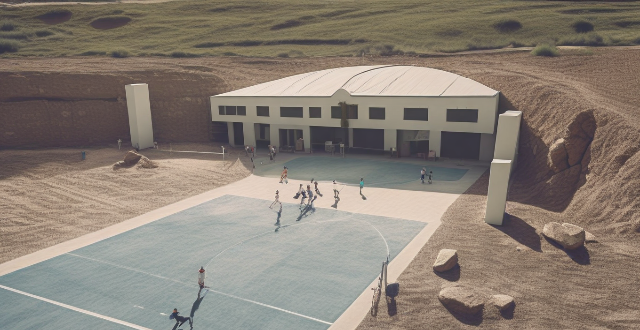
How effective are the treatments at sports rehabilitation centers ?
Sports rehabilitation centers play a crucial role in helping athletes recover from injuries and return to their peak performance levels. The effectiveness of treatments at these centers depends on various factors, including the expertise of the staff, the facilities available, and the individual needs of each athlete. In this article, we will discuss the key aspects that contribute to the success of sports rehabilitation programs.

What services do sports rehabilitation centers offer ?
Sports rehabilitation centers offer a variety of services to help athletes recover from injuries and improve their overall performance. These services include physical therapy, athletic training, strength and conditioning programs, sport-specific training, and recovery strategies. Physical therapy involves manual therapy, therapeutic exercise, and functional training to regain strength, flexibility, and mobility in injured areas. Athletic trainers assess injuries, develop personalized rehabilitation plans, and implement prevention strategies to reduce the risk of future injuries. Strength and conditioning programs focus on building muscle strength, increasing endurance, and improving flexibility through resistance training, cardiovascular training, and stretching exercises. Sport-specific training involves developing skills and techniques required for success in a particular sport, as well as mental preparation for competition. Recovery strategies such as cryotherapy, massage therapy, and proper hydration and nutrition help athletes recover from intense training sessions or competitions more quickly and efficiently.

Can a sports rehabilitation center help me improve my overall fitness and performance ?
Sports rehabilitation centers offer customized programs, state-of-the-art equipment, professional staff, and mental health support to help athletes recover from injuries and improve their overall fitness and performance. By working with these centers, athletes can develop customized recovery plans, improve their performance, and learn proper techniques for exercising safely.
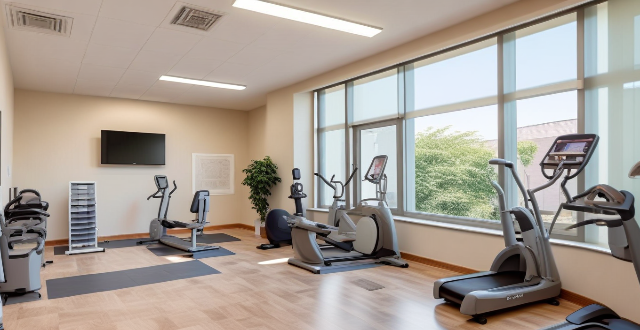
Can anyone benefit from the services of a sports rehabilitation center, or is it only for athletes ?
Sports rehabilitation centers offer a range of services, including physical therapy, athletic training, massage therapy, nutrition counseling, and mental health support, to help individuals recover from sports-related injuries and improve their overall physical health. These centers can benefit anyone who has experienced a sports injury or is looking to improve their physical fitness, not just athletes.

What kind of equipment do sports rehabilitation centers use in their treatments ?
Sports rehabilitation centers employ a range of equipment to aid athletes in injury recovery and performance enhancement, including therapeutic modalities like hot/cold packs, ultrasound, electrical stimulation, and laser therapy. Manual therapy tools such as foam rollers, massage tables, spinal traction tables, resistance bands, and weights are used. Rehabilitation machines include treadmills, exercise bikes, ellipticals, and rowing machines. Assessment tools encompass gait analysis systems, force plates, range of motion devices, and strength testing equipment. The variety of equipment is chosen based on the individual needs of the injured athlete, the type of injury, and the phase of recovery.

What qualifications should a sports rehabilitation center have ?
A sports rehabilitation center should have certified professionals, state-of-the-art equipment, evidence-based treatment approaches, comprehensive services, collaborative partnerships, and a comfortable environment to provide optimal care for athletes.

How does sports psychology contribute to injury recovery and rehabilitation ?
Sports psychology can contribute to injury recovery and rehabilitation by helping athletes cope with psychological challenges, develop confidence and self-belief, establish good habits and routines, and adjust to life after injury. Incorporating sports psychology into an athlete's rehabilitation program can lead to better results and quicker recovery.
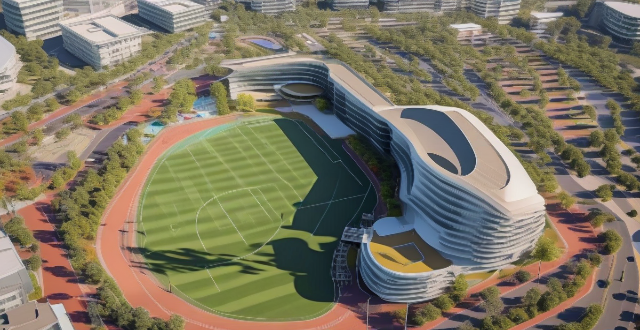
How often should I visit a sports rehabilitation center after an injury ?
The frequency of visits to a sports rehabilitation center after an injury depends on factors like the severity of the injury, individual healing capacity, and recommended treatment plan. Major injuries may require daily sessions initially, while minor injuries might need weekly visits. Individual healing rates also play a role, with some needing more time and support. The treatment plan outlines the recommended visit frequency and necessary interventions. Regular progress tracking helps determine if adjustments are needed. It's crucial to work closely with healthcare professionals for an effective rehabilitation process.

Are there any risks associated with the treatments offered at sports rehabilitation centers ?
Sports rehabilitation centers offer a range of treatments aimed at helping athletes recover from injuries and improve performance, but there are potential risks associated with these therapies. Incorrect diagnosis or misdiagnosis, overexertion or reinjury, adverse reactions to treatments, infection risks, and long-term effects of treatments are some of the common risks associated with sports rehabilitation treatments. Athletes should work closely with their therapists to ensure proper diagnosis and treatment planning while being aware of potential risks and seeking prompt medical attention if needed.

What types of injuries can be treated at a sports rehabilitation center ?
At a sports rehabilitation center, various types of injuries can be treated. These facilities specialize in providing comprehensive care for athletes and individuals who have sustained injuries during physical activities or sports events. The following are some of the common types of injuries that can be treated at a sports rehabilitation center: 1. Musculoskeletal Injuries 2. Soft Tissue Injuries 3. Overuse Injuries 4. Neurological Injuries

In what ways can sports psychology aid in injury rehabilitation and recovery ?
Sports psychology aids in injury rehabilitation by managing emotions, developing a positive mindset, promoting healthy habits, and helping athletes return to their previous level of performance.

Can I use my health insurance to cover the costs of a sports rehabilitation center ?
The article discusses the factors determining whether health insurance can cover sports rehabilitation center costs, including plan type, policy terms, pre-authorization requirements, and network provider status. It suggests reviewing policy details, contacting the insurance provider, checking for in-network providers, and obtaining pre-authorization to maximize benefits and minimize out-of-pocket expenses.
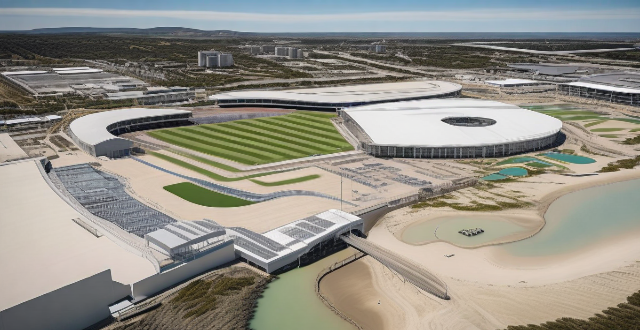
How do I know if my injury requires a visit to a sports rehabilitation center ?
The article provides a comprehensive guide on how to determine if a sports injury requires a visit to a sports rehabilitation center. Factors such as pain level, swelling and bruising, limited range of motion, and symptoms of instability or weakness are discussed. The article also lists specific symptoms that warrant a visit to a sports rehabilitation center and highlights the benefits of seeking professional help for sports-related injuries. Overall, the article emphasizes the importance of proper assessment and treatment of sports injuries to ensure a successful recovery.
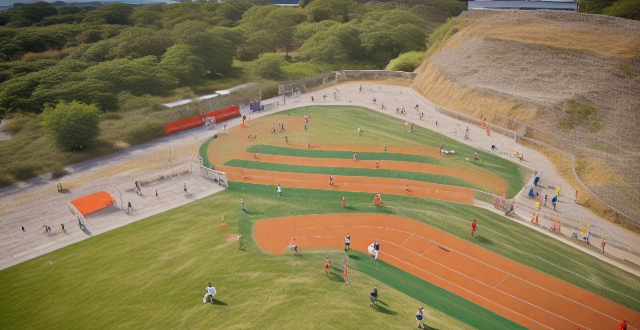
How long does it typically take to recover from an injury at a sports rehabilitation center ?
Recovering from an injury at a sports rehabilitation center is influenced by factors such as injury severity, type of injury, individual health and fitness level, and the quality of care provided. Recovery time can range from weeks for minor injuries to months or more for severe injuries. The recovery process involves assessment, immediate treatment, a personalized rehabilitation plan, implementation, monitoring and adjustments, gradual return to activity, and maintenance strategies to prevent re-injury. Working closely with the rehabilitation center staff and following their guidance is crucial for a successful recovery.
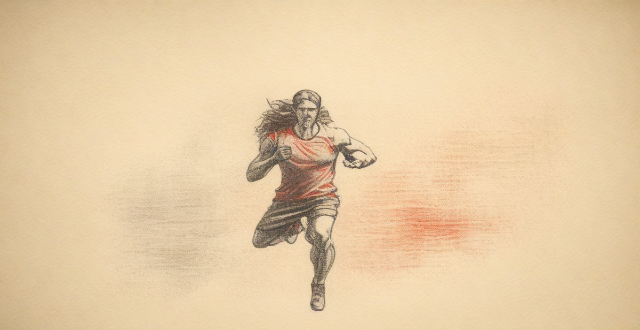
What are the benefits of incorporating strength training into a sports-specific program ?
Incorporating strength training into a sports-specific program can provide numerous benefits for athletes, including improved athletic performance, reduced risk of injury, enhanced recovery and rehabilitation, improved body composition, increased bone density, and mental health benefits. By prioritizing strength training alongside sport-specific skills and drills, athletes can optimize their overall fitness and performance.

How can virtual reality be incorporated into sports training and performance enhancement ?
Virtual reality is revolutionizing sports training and performance enhancement by offering a safe, controlled environment for skill development, tactical analysis, mental preparation, rehabilitation, and team building. Athletes can practice skills in realistic simulations, receive immediate feedback, repeat movements without fatigue, visualize game plans, engage in interactive scenarios, analyze opponents, develop mindfulness techniques, visualize success, manage distractions, manage pain during rehabilitation, recover motor functions, receive mental health support, foster camaraderie through shared experiences, enhance communication through role playing, and promote mutual respect among diverse players. As virtual reality technology advances, it will become an integral part of future sports training programs.
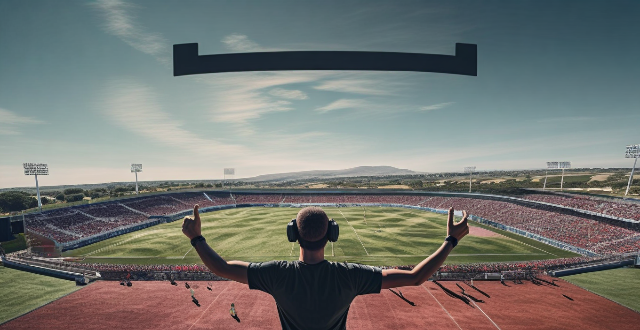
How can virtual reality be used in sports training ?
The article discusses the potential applications of virtual reality (VR) in sports training, including mental rehearsal, skill development, physical training, and team building. VR can simulate game scenarios, provide immediate feedback on technique, create realistic environments for practicing skills, and facilitate collaborative training. It also offers a distraction-free environment for injury recovery and an engaging workout experience. The technology is expected to play an increasingly important role in enhancing athletic performance across various sports.

Do sports rehabilitation centers offer preventative care to avoid future injuries ?
Sports rehabilitation centers play a crucial role in offering preventative care services to help individuals avoid future injuries. They provide comprehensive assessments, customized exercise programs, education and training, utilize advanced equipment and technology, and collaborate with healthcare professionals to improve overall health and reduce the risk of re-injury.

How can sports medicine help athletes recover from surgery or injury ?
**Sports Medicine: Aiding Athletes in Recovery from Surgery or Injury** The field of sports medicine plays a critical role in helping athletes recover from injuries and surgeries. It involves a multifaceted approach that includes pre-operative management, post-operative care, rehabilitation programs, and facilitating a safe return to sport. Professionals in this area assess the injury, prepare the athlete for surgery, manage pain, provide physical therapy, offer nutritional and psychological support, and create tailored rehabilitation programs focusing on functional training, strength building, flexibility, and endurance. The ultimate goal is to ensure the athlete's complete recovery and prevent future injuries.

In what ways do data-driven insights influence training methods in sports ?
Data-driven insights significantly influence training methods in sports by providing valuable information for performance analysis, injury prevention and recovery, game strategy development, and mental health monitoring.

How do high-tech training facilities contribute to athlete development and recovery ?
High-tech training facilities contribute to athlete development and recovery by providing advanced equipment, technologies, and personalized programs. These resources help improve performance, prevent injuries, and facilitate efficient recovery.
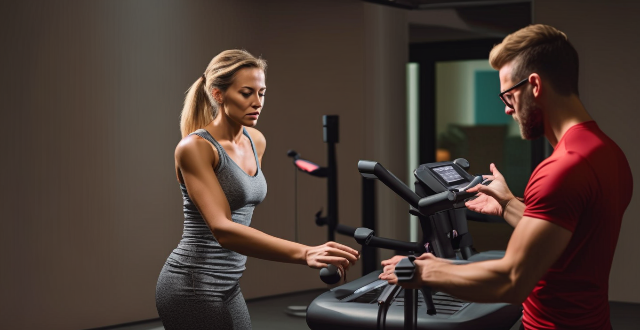
What are some examples of AI applications in athletic training ?
AI is transforming athletic training by enhancing performance, reducing injury risks, optimizing training, and identifying talent. Applications include wearable devices for data collection, machine learning for analysis, virtual reality for rehabilitation, personalized training plans, AI-powered coaches, and scouting tools for talent identification.

Is it necessary to hire a professional coach to create an effective sports training program ?
The text discusses the necessity of hiring a professional coach for creating an effective sports training program. It outlines the advantages of having a coach, including personalized plans, expertise, motivation, and injury prevention. The article also suggests that hiring a coach is not always necessary but can be beneficial in certain situations, such as for beginners or highly competitive athletes. Ultimately, the decision to hire a coach depends on individual needs and goals.

What are the benefits of sports research and development for athletes ?
The benefits of sports research and development for athletes include optimized training programs, advanced equipment and technology, risk assessment and management, rehabilitation and recovery, mental health support, and proper nutrition and hydration. These factors contribute to improved performance, injury prevention, and overall well-being for athletes.

Why is critical thinking training important ?
In today's complex world, critical thinking training is essential for effective problem-solving, communication, objectivity, creativity, and future preparedness. It enhances decision-making, collaboration, fairness, open-mindedness, and adaptability to changes. Investing in this training leads to success and positive impacts in various domains.

What strategies are most effective for managing injuries and ensuring quick recovery in high-performance athletes ?
High-performance athletes face a significant risk of injuries due to the intense physical demands they place on their bodies. Proper management of these injuries is crucial for a quick and successful recovery. Effective strategies for managing injuries and ensuring quick recovery in high-performance athletes include immediate action through the RICE method and medical assessment, rehabilitation programs involving physical therapy, gradual return to training, and nutritional support, mental health support through counseling services and visualization techniques, and prevention strategies such as proper warm-up and cool-down routines, cross-training, and equipment checks. By following these strategies, athletes can maximize their chances of returning to peak performance levels quickly and safely.

How do I choose the right sports rehabilitation center for me ?
This text provides information on how to choose the right sports rehabilitation center, considering factors such as staff qualifications, services offered, facilities and equipment, cost and insurance, location, and reputation.

What are some innovative ways that technology is being used in sports ?
Technology has significantly transformed various aspects of sports, including training methods, fan engagement, and game strategies. Key areas where technology is making a notable impact include virtual and augmented reality for both training and enhancing the fan experience, wearable technology for performance tracking and injury prevention, advanced analytics in player performance analysis and game strategy, video technology like instant replay and drone cameras for improved officiating and viewing experiences, eSports and gaming for interactive experiences and training simulations, social media and digital engagement for athlete interaction and live streaming, artificial intelligence in generating match highlights and aiding injury rehabilitation, and the Internet of Things in creating smart stadiums and monitoring equipment maintenance. These advancements not only improve performance but also enrich the overall sports experience for everyone involved.

How long does it take to recover from a sports injury ?
Recovering from a sports injury varies based on the type and severity of the injury, individual factors such as age and overall health, and commitment to rehabilitation. Acute injuries occur suddenly, often due to a specific event or trauma, while overuse injuries develop over time from repetitive stress without adequate rest or recovery. Chronic injuries are ongoing conditions that may have started as acute or overuse injuries but have not healed properly. Recovery timelines vary depending on the injury's severity, with minor sprains and strains taking several days to a few weeks to heal with proper rest and care, moderate injuries requiring several weeks to months for recovery, often involving physical therapy, and severe injuries like major fractures or complete ligament tears taking months to over a year for full recovery, typically requiring surgery and extensive rehabilitation. Key factors affecting recovery include age, overall health, commitment to rehabilitation, rest, and professional care. Tips for supporting recovery include following professional advice, maintaining a healthy lifestyle, staying positive, and gradually returning to activity. Patience, persistence, and a proactive approach to rehabilitation are key to achieving the best possible outcome.